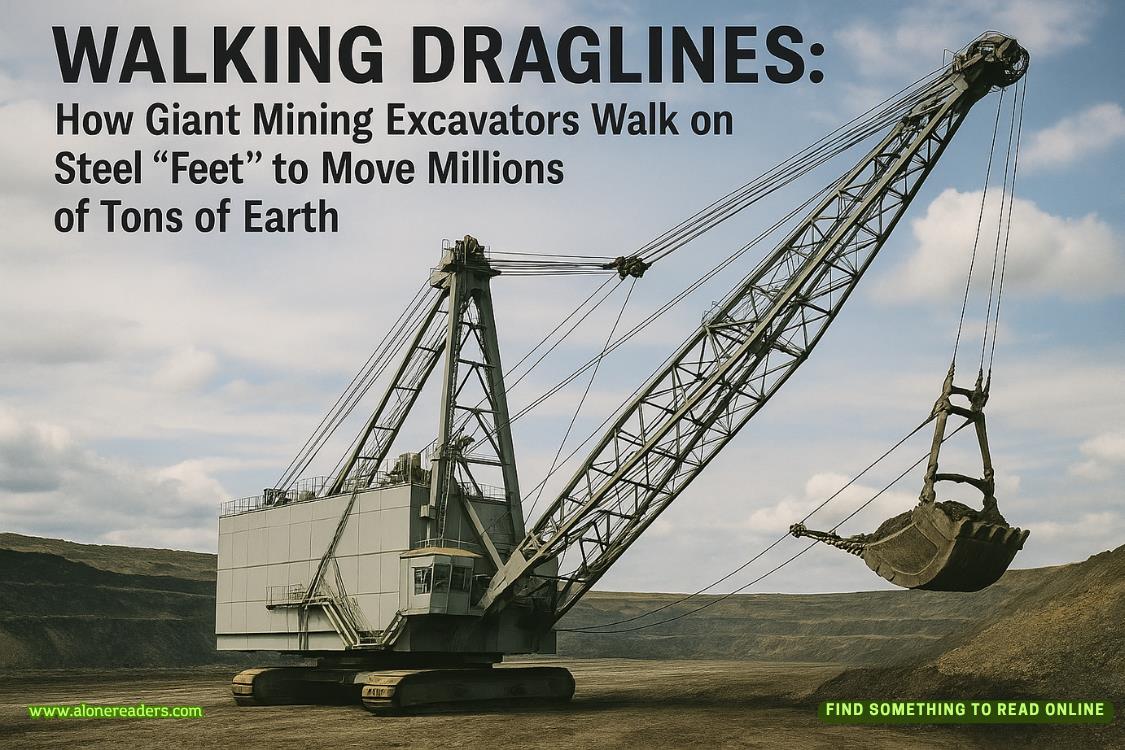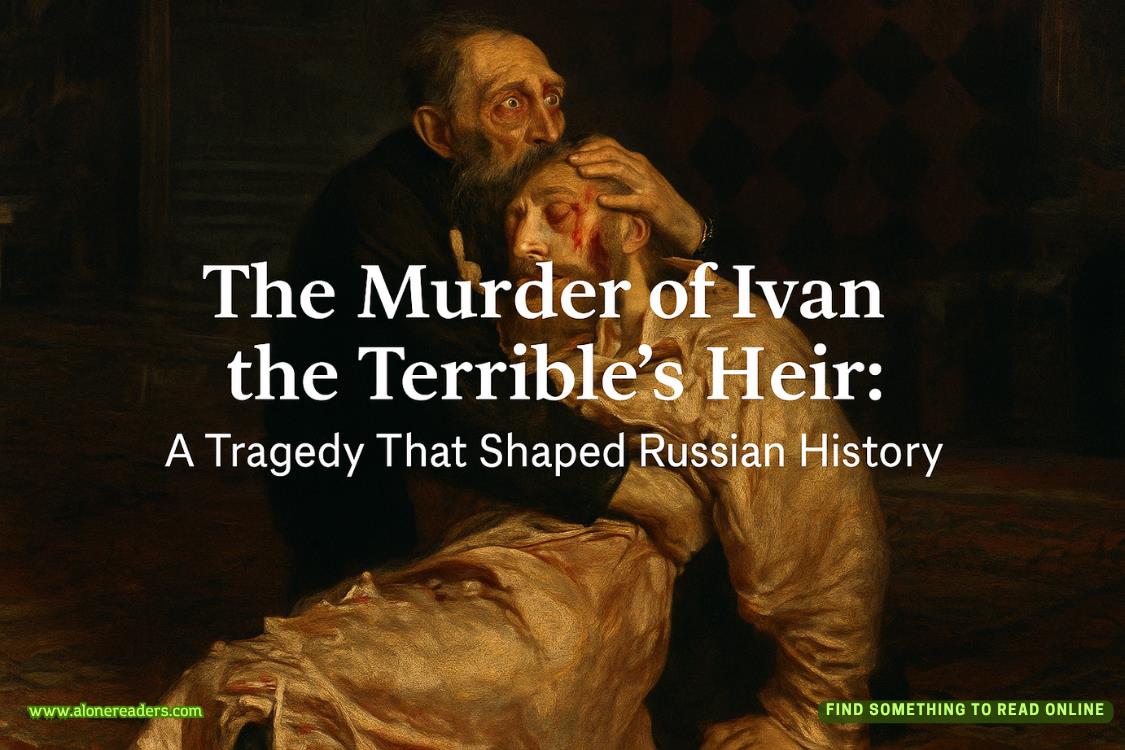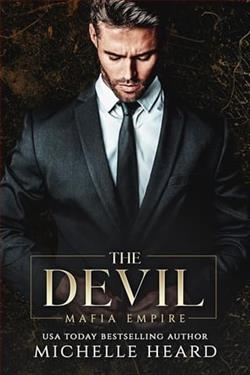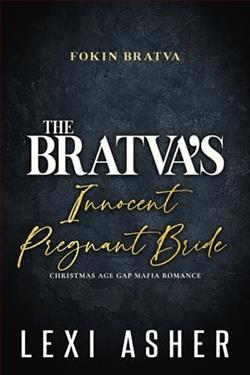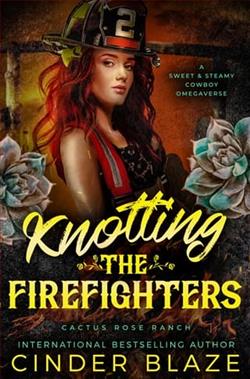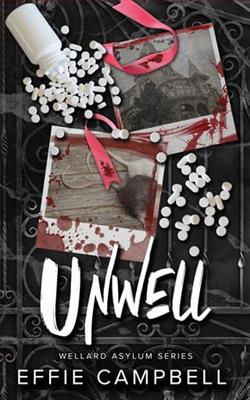Page 62 of The Proving Ground
I sat down and called Brenda Randolph’s cell but she didn’t pick up. I left a message saying I needed to talk to her before five. Despite my misgivings about the Coltons, it was my guess that Brenda would decline the offer. I was more looking forward to passing the news to Bruce Colton than to Marcus Mason.
But in case I was wrong about Brenda, I didn’t want to spin my wheels prepping my opening statement or doing any other work on the Tidalwaiv case. I got up from my desk and went to the side table where Lorna had put the stack of files from the Snow case. Lorna had organized the copies she had made in the courthouse basement into six separate manila files with tabs readingTRANSCRIPTS, POLICE REPORTS, CHRONOLOGY, X-RAYS, PSI/SENTENCING,andAPPEALS. At the moment, I was interested in the X-rays, though I knew I should read the presentencing investigation report because it would be a concise summary of the case and would include the psychological evaluation made of David Snow shortly after he was convicted. It would be a good way to immerse myself in the case again and get up to speed. But for now I took only the X-rays file back to my desk.
It was the thinnest file in the stack. It contained photocopies of the thirteen X-rays of Cassandra Snow’s bones that were found to have been broken during the first two years of her life. The X-rays were marked at the bottom corner with their exhibit number. They included images of humerus and ulna fractures in the arms, the tibia in the left leg, various finger and rib fractures, and the crushed vertebra in Cassandra’s spine that had made the pediatric ER doctor call in the police. From day one and all the way to his sentencing, her father had claimed the vertebra fracture happened when the girl fell while climbing out of her stroller. But the prosecution’s medical experts testified that it could not have happened that way and that it was theresult of a harsh blow or kick to the back. Add to the David Snow package the other untreated broken bones, a list of witnesses who said the baby was heard crying constantly, and a prior accusation of violence, and you got a quick conviction and an overly harsh sentence from a judge up for reelection. Snow got a longer sentence than some convicted murderers of children.
I was surprised by the quality of the photocopies. They were not as clear as the originals on a light box, but I could see the healed break lines of the older injuries as well as the T12 vertebra break that had rendered Cassandra paraplegic. From my briefcase I pulled the legal pad that I had written notes on during my lunch with Cassie Snow. I flipped through the pages and found the names and numbers of the doctors who had treated her following her recent car accident. I grabbed the desk phone and called the orthopedic surgeon who had suspected she had osteogenesis imperfecta and sent her to the geneticist for the official diagnosis.
The call went to an answering service, as the office was closed for the weekend. I left a message explaining that I was an attorney representing his patient Cassandra Snow and urgently needed to speak with the doctor. While I waited for the doctor to call back, Brenda returned my call.
“Sorry,” she said. “I had my phone turned off for a therapy session.”
“Not a problem,” I said. “We have another offer from Tidalwaiv I need to go over with you.”
“Do we have to?”
“Yes, but this one you might want to consider, Brenda.”
“Okay, I’ll listen.”
But then the landline started to buzz, and I saw that Cassandra Snow’s doctor was calling.
“Brenda, I need to jump off to take a call I’ve been waiting for,” I said. “Stay by your phone and I’ll call you right back.”
I hung up my cell and grabbed the desk line before it went to voicemail.
“This is Mickey Haller.”
“This is Dr. Sheldon, how can I help you?”
“Yes, Doctor, thanks for calling me back. I represent your patient Cassandra Snow. I—”
“If this is about insurance, I don’t handle—”
“No, it’s about osteogenesis imperfecta. You diagnosed her with it.”
“Well, I suspected she had it and sent her to the geneticist. What is it you need?”
“What I would like is for you to look at copies of X-rays taken when Cassandra was two years old, when a lot of the old breaks you saw on your X-rays were recent, including the T twelve break in her spine.”
“And what would be the purpose of me looking at these X-rays?”
“Cassandra has hired me to help get her father out of prison. He’s been there for twenty years, ever since he was convicted of hurting her. I was his lawyer then and I am now. If Cassandra had OI then, we might be able to prove what her father has said all along—that she broke her back falling out of a stroller, not because he abused her.”
There was no response. I waited. Then I prompted, “Doctor, you still with me?”
“I’m here. I’m deciding whether I want to get involved in this.”
“David Snow, Cassie’s father, is dying. He’s got cancer. The prison doctors have given him nine months to live. Cassie wants to bring him home. She never believed he did the things he was accused of. He has always denied it, even when admitting it could have gotten him parole.”
This time I waited out the doctor’s silence.
“Okay, send the X-rays,” he finally said. “I’ll take a look and tell you what I think.”
“Thank you, Doctor,” I said.
I hung up and immediately called Brenda Randolph back.
“I really don’t want to take a deal” were the words she opened with.

